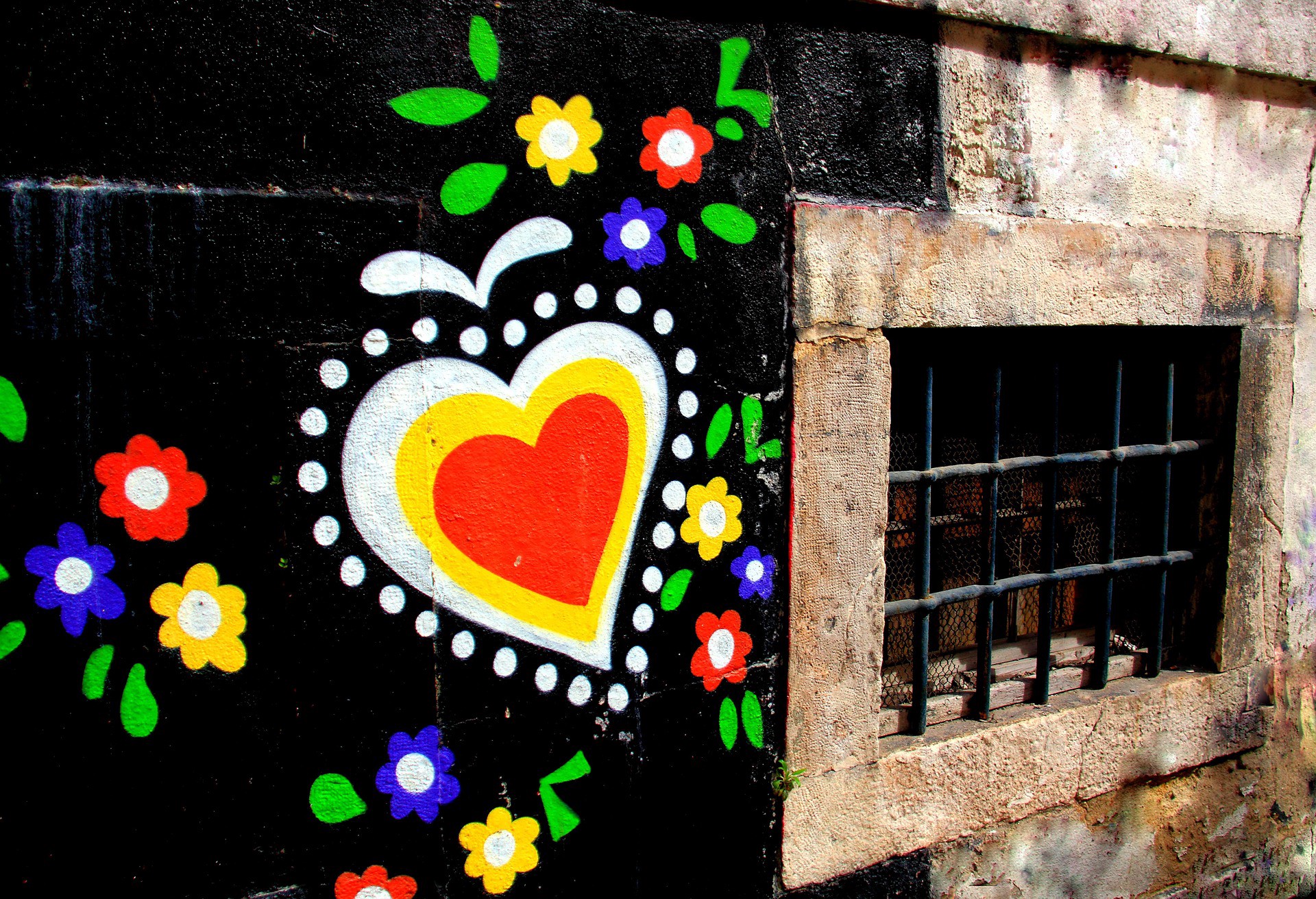Books & Culture
Every Rule Is Made to Be Broken
Brittany Newell’s novel, Oola, is wonderfully readable yet philosophically challenging

One of the things that writing teachers, and, increasingly, literary journal guidelines, warn writers against is this: Don’t, they say, ever, they say, write a story or novel about a writer. Worse, they say, is a story or novel about a writer writing about writing. The best stories and novels often break the rules, though, and this is the case with the original, astute debut novel, Oola, by Brittany Newell.
Newell is, frustratingly to this mid-twenties writer, only 21 and graduating from Stanford this spring. It’s also frustrating to know that many, if not all reviews, will mention this fact and possibly focus on it. It’s a shame, because whatever her age, Newell’s insight, intelligence, and prose are all clearly prodigious, which is obvious in her creation of this book, which is both subtle and outrageous, wonderfully readable yet philosophically challenging.
The novel opens with a short prologue chapter, followed by an odd scene, which Newell’s blog (she is a “drag queen” and performance artist who goes by the name Ratty St. John when not writing brilliant novels) suggests may be somewhat autobiographical (I only mention this because I was struck by how bizarre and specific the image in this scene was, and knowing there may be some personal experience with it allows me to feel that image all the deeper for its likely accuracy). In this scene, which takes up the whole of the second chapter, narrator Leif and titular Oola have made up a game. They gather in the living room of the house they’re house-sitting, wearing bits of clothing belonging to the house’s usual occupants. “Then, when she felt moved to, Oola would put a pair of nylon stockings on her head.” Quickly it becomes clear that the pantyhose are on Oola’s face:
Through the stretched fabric, her features were blurred, as if a left-hander had been penciling her, smudging the last stroke as he made the next. Her eyelashes were crimped, her nose squished, her mouth forced open, her cheeks Botoxed back.
Then Leif also wears the stockings, and they take turns until it turns light outside and the game stops with some embarrassment.
This scene, so early in the book, before we really know who Leif is, who Oola is, or what their relationship is, serves two purposes: one, it shows us these characters’ ability to act very, very weirdly, to enjoy it, and to be self-aware about their oddity. Two, it demonstrates a theme that will be present through the book: the blurring of the self, the other, and the perception of that difference.
In terms of plot, the book is quite simple. Leif is a WASP with wealthy parents who have wealthy friends who go out of town and need house-sitters, a perfect situation for Leif, who is traveling around Europe in an attempt to be a writer. Or maybe more accurately, he is attempting to become a writer through the tried and true method of being very privileged and traveling a lot and hoping that worldliness will lead to wisdom. Oola is a conservatory dropout, a pianist taking time off to wander around Europe and sow her wild oats (some more). The two meet, have amazing chemistry, start traveling together, sleeping together, and as far as we can tell, falling madly, deeply, truly in love with each other. Eventually, they end up in Big Sur, California, indefinitely living in a cabin belonging to a relative of Leif’s who’s gone, also indefinitely, into hospice care.
In Big Sur, Leif’s project, alluded to earlier in the book and which has clearly been developing in his mind for some time, starts in earnest. Leif is attempting to write a book about Oola — maybe and maybe not the book readers have in hand; it’s never made 100% clear whether we are reading Leif’s thoughts, his notes, or the finished product of his labors. Oola, by the way, has consented to this project, a fact that Leif sees as excusing everything he goes on to do. Her consent is in the first pages of the book, as if in order to prove it beyond a shadow of a doubt; but her consent is flippant and flimsy, not the “firm and enthusiastic yes” we’re taught in consent workshops. On page 3 of the book, when the couple is climbing into bed to go to sleep, Leif announces that he is thinking of a new project in which Oola will either be the main character or the person on whom the main character will be based. The extent of Oola’s consent is this: “Me? Well, fuck, I’d read it. Guaranteed five-star rating. I turned the light out last night, by the way. So scoot, fatty.” I’d say that’s a half-hearted consent at best, but Leif takes it firmly, enthusiastically, and quite too far.
A Timely Investigation of Gaslighting and Accountability
In order to write the book about Oola, Leif is determined first to know his subject inside-out. He watches her closely from the very beginning of their — for lack of a better, more precise word — relationship. In Europe, he goes so far as to begin tallying the various ways men look at Oola, creating a point system and scale on which he places everything from casual glances to leers and beyond. She notices the fact that he’s watching how others watch her and gets frustrated by it. She, a tall blond American woman who knows, because she has always been told, that she is both beautiful and desireable, is well aware of how men look at her. Women in general are aware of this, and especially those who society has deemed particularly attractive. They have no choice by to notice, and learn to ignore, the male gaze. Leif, however, whom Newell imbues with a truly believable liberal male mindset (he apologizes for using the term “Indian summer” despite its un-PC-ness, for example) is paying attention to this phenomenon for the first time in his life in a concrete rather than abstract way.
But Leif doesn’t stop at watching those whose gazes eat up his beloved Oola. In Big Sur, he collects her orange peels, her toenail clippings, the hair caught in the shower drain. He learns to identify the names of the shades of makeup Oola wears, the fabrics her clothing is made of, the gestures she makes in each of her moods. He goes further, into a territory that is so rife with interpretive possibilities that the mind reels at trying to tally them all, but to discuss this in particular would be to ruin a big part of what the book’s climax is about, which I cannot, in good faith, bring myself to do.
In looser terms, it’s worth commenting on the themes Newell seems to be exploring in the book as a whole. One theme is love, the kind of love that can either destroy the self or the loved one, and sometimes both at the same time. It is the kind of love that is violent in its need to possess, even if the actions are not aggressive in the physical sense of harming another person — they are aggressive in the denial of personhood and selfhood to another human being instead. Another theme is male privilege, and how men, even in their deepest devotion, even enlightened, always have more power than even the most beautiful, goddess-like woman. Newell seems to be questioning that very notion of female beauty, how it can utterly destroy a person even though it gives her a kind of power and social cachet; beauty is so commodified, so absolutely beloved and worshipped in our society, that it can erase the person inside the meat suit that is her body. There is also a tricky and rather extensive and complex conversation about gender and gender performativity that is likely to emerge from many readings.
On a slightly personal note: I started this piece by mentioning how writers are supposed to never write about writers or writers writing; Newell, in breaking this unholy rule, besides writing a brilliant book, has also written some of the most resonant writerly truisms I’ve read in a long time. One such, that is so true as to make me want to weep with gratitude that someone has written it, is that “writers have a natural terror of the afternoon… This terror is least defined in the morning, when the world is hushed and manageable, the body limp and emptied, while the night at least promises morning’s return. The afternoon, on the other hand, is an armpit. One never knows what to do with it. Is it funny or neutral or a little bit sexy? It never feels quite right.”
The afternoon is indeed an armpit, and Britanny Newell’s prose is full of such witty moments that will make even the most skeptical reader yearn to love Leif — and, as mentioned, love can be very, very dangerous in Oola.









